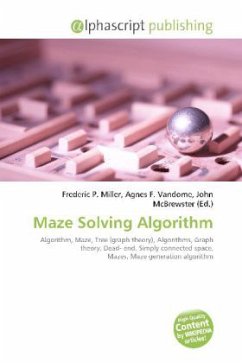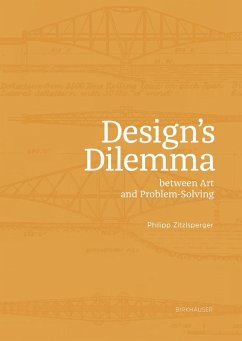
Maze Solving Algorithm
Versandkostenfrei!
Versandfertig in 6-10 Tagen
26,99 €
inkl. MwSt.

PAYBACK Punkte
13 °P sammeln!
Please note that the content of this book primarily consists of articles available from Wikipedia or other free sources online. There are a number of different maze solving algorithms, that is, automated methods for the solving of mazes. A few important maze solving algorithms are explained below. The random mouse, wall follower, pledge, and Tremaux algorithms are designed to be used inside the maze by a traveler with no prior knowledge of the maze, whereas the dead-end filling and shortest path algorithms are designed to be used by a person or computer program that can see the whole maze at o...
Please note that the content of this book primarily consists of articles available from Wikipedia or other free sources online. There are a number of different maze solving algorithms, that is, automated methods for the solving of mazes. A few important maze solving algorithms are explained below. The random mouse, wall follower, pledge, and Tremaux algorithms are designed to be used inside the maze by a traveler with no prior knowledge of the maze, whereas the dead-end filling and shortest path algorithms are designed to be used by a person or computer program that can see the whole maze at once. Mazes containing no loops are known as "standard", or "perfect" mazes, and are equivalent to a tree in graph theory. Thus many maze solving algorithms are closely related to graph theory. Intuitively, if one pulled and stretched out the paths in the maze in the proper way, the result could be made to resemble a tree.












